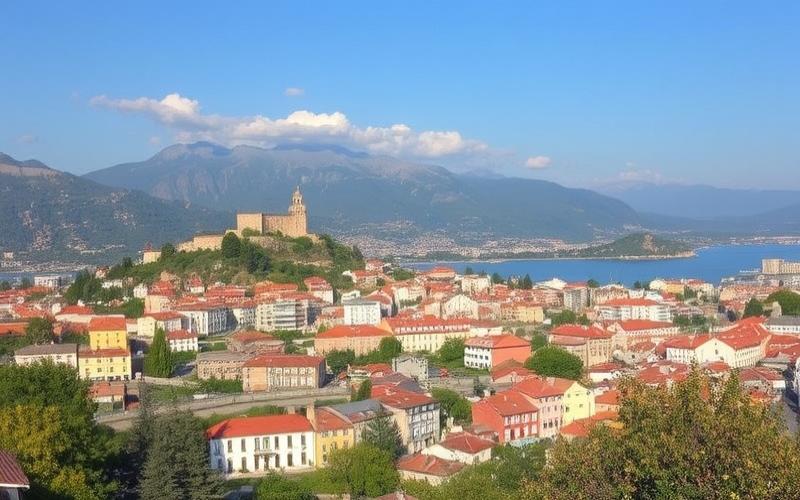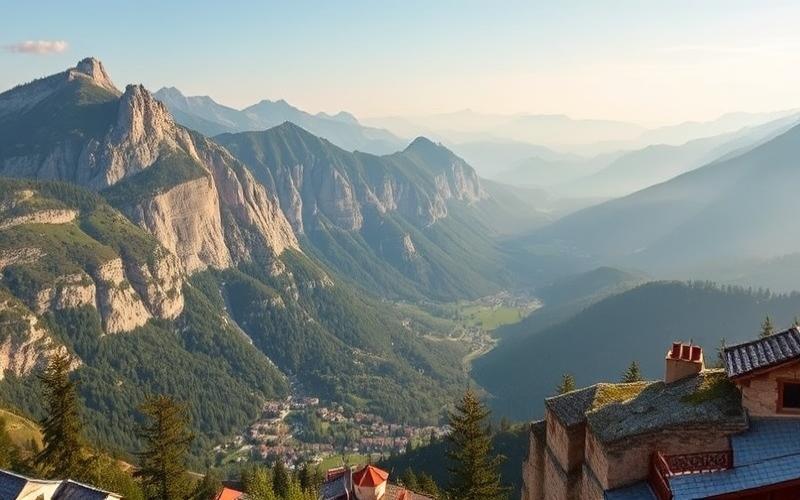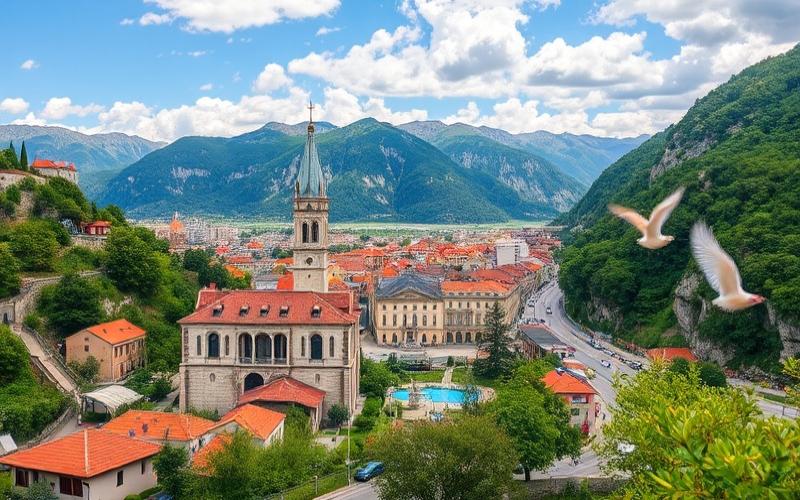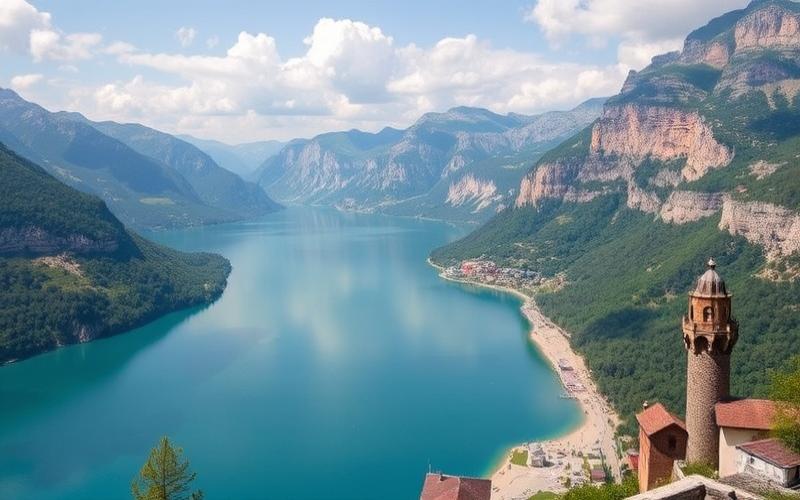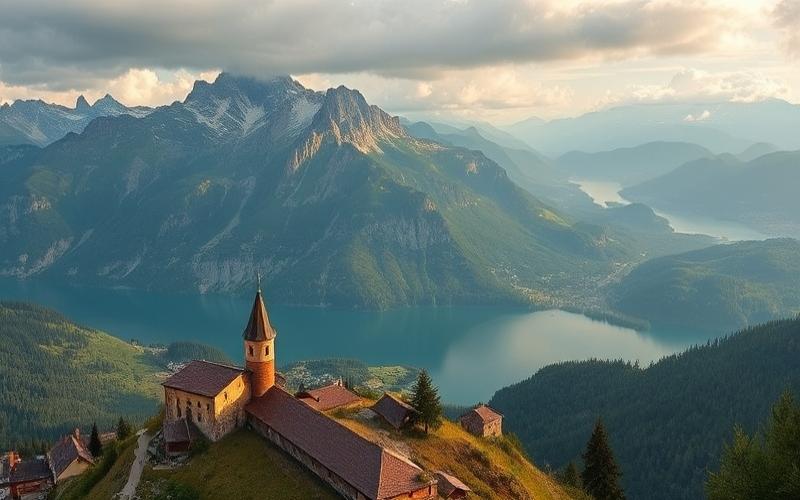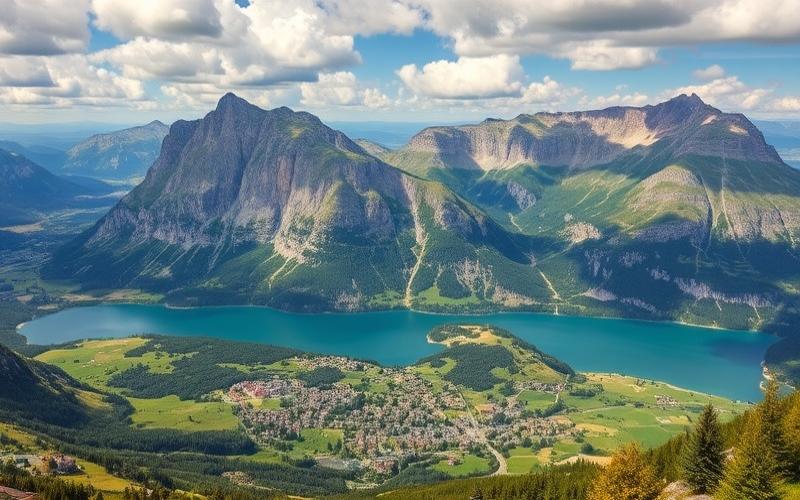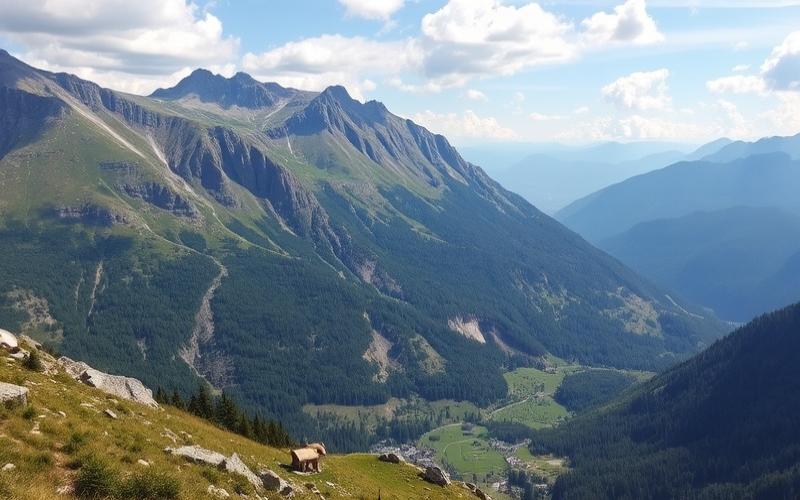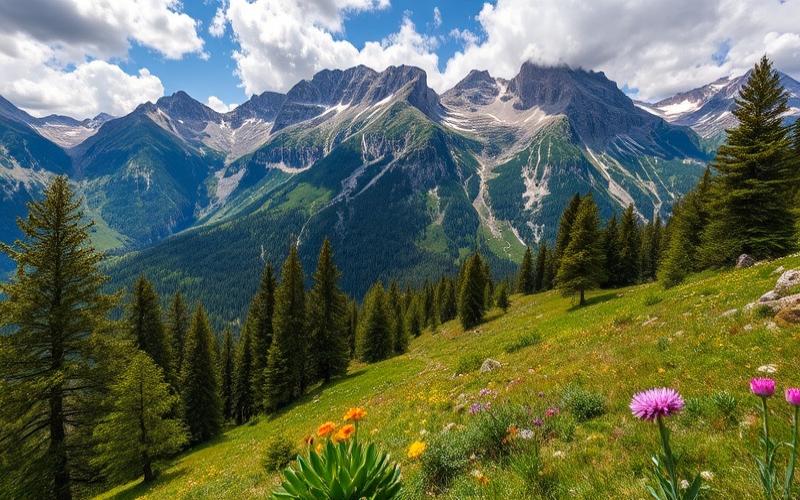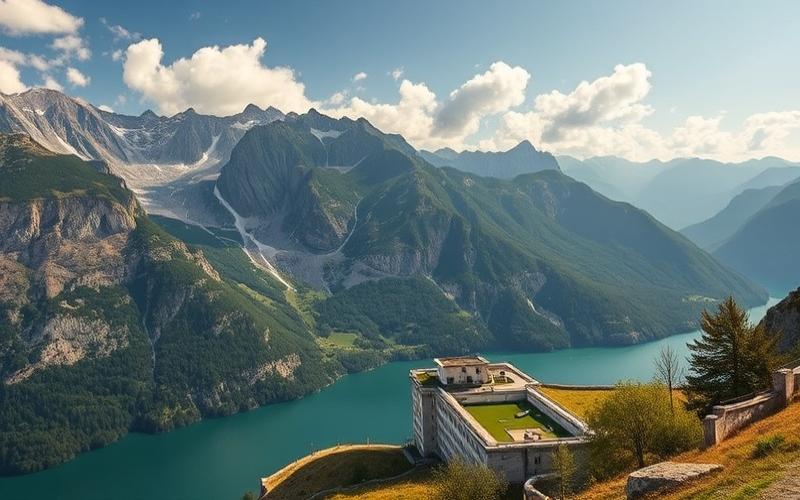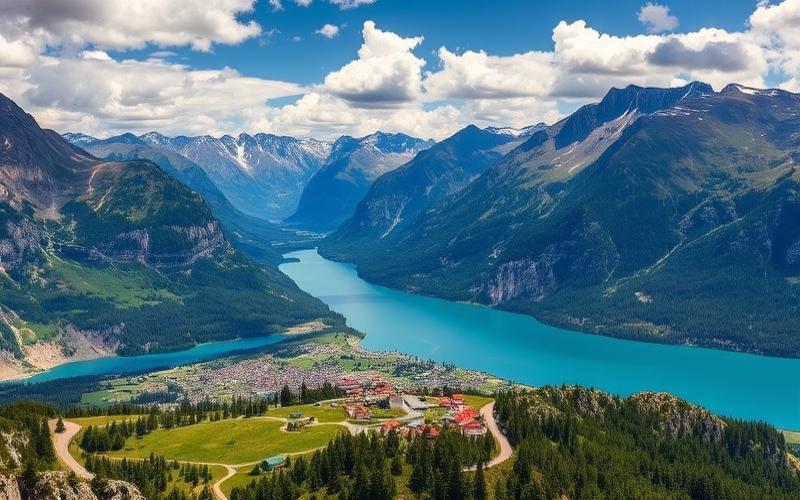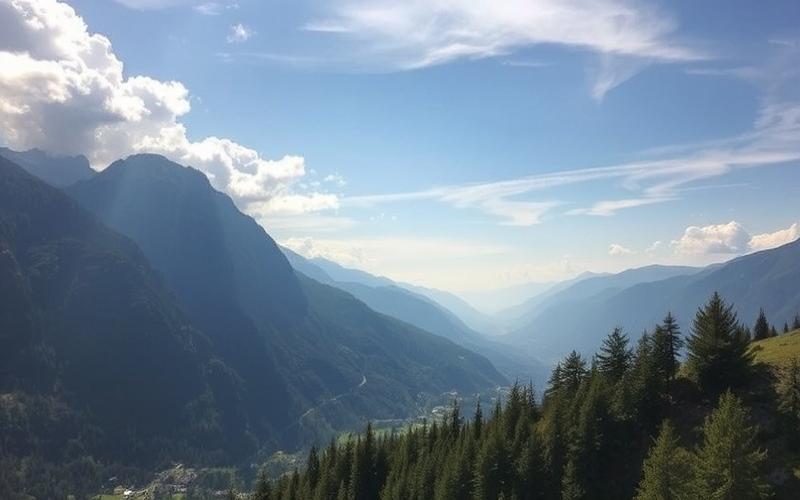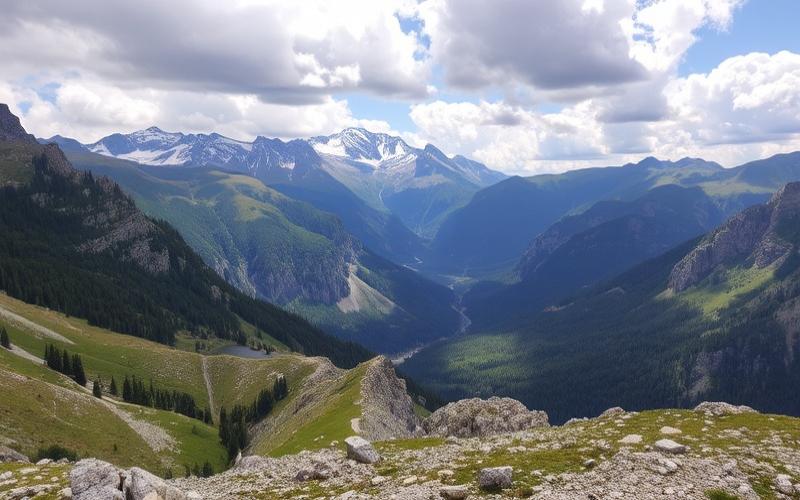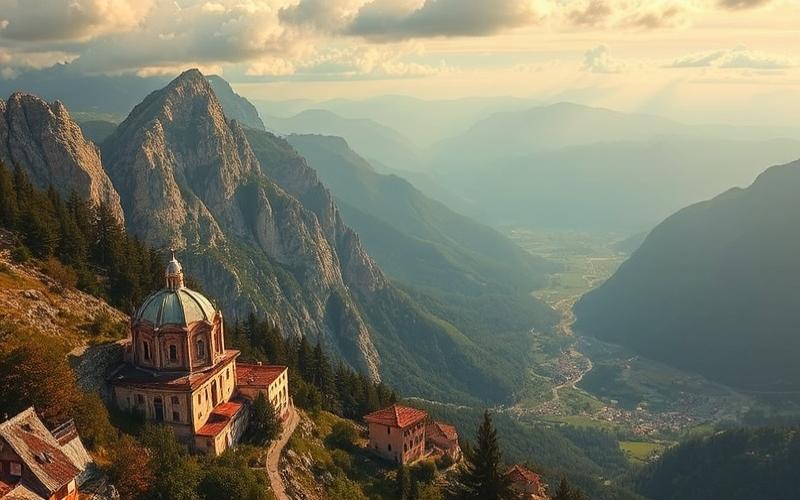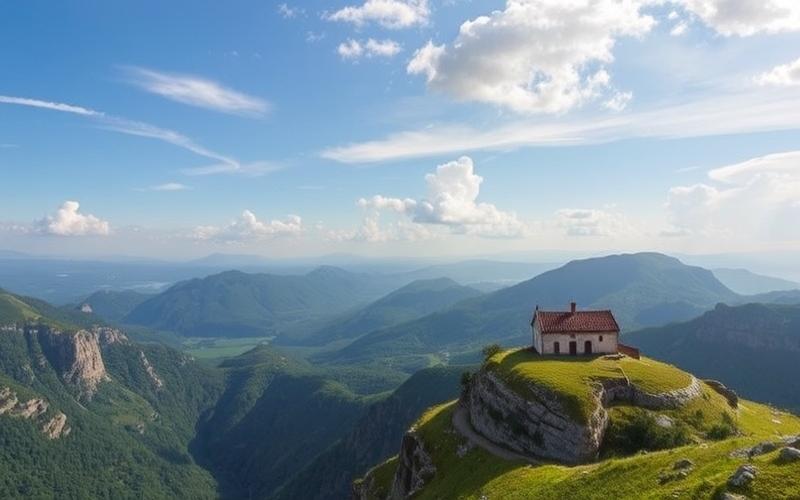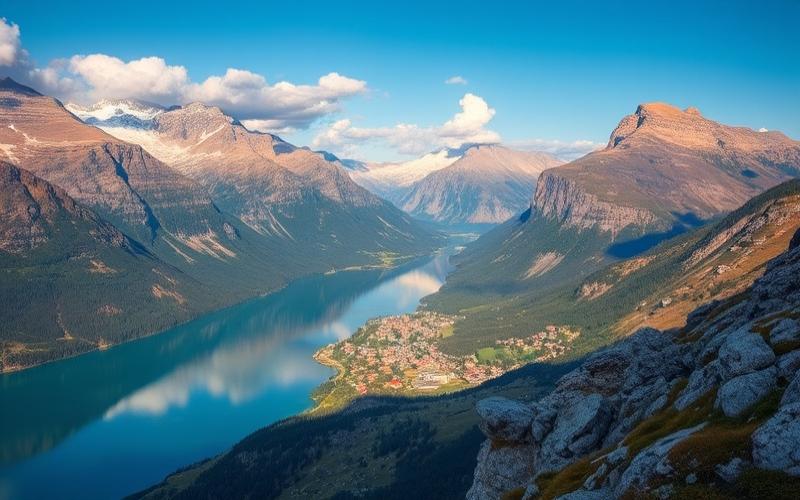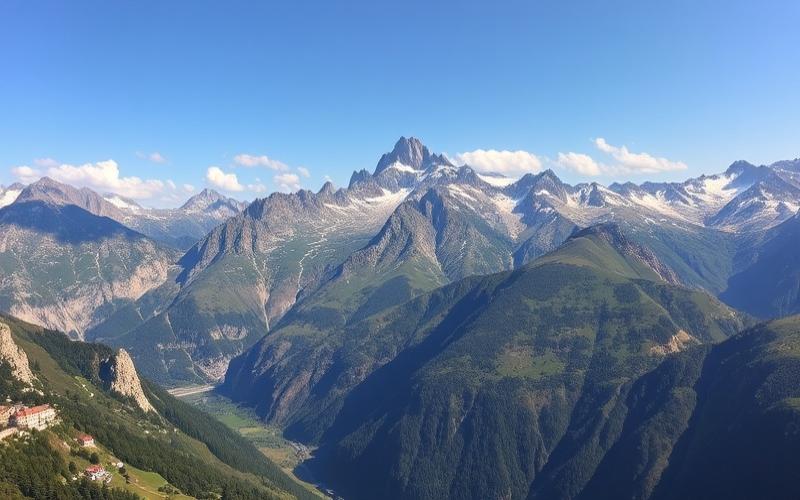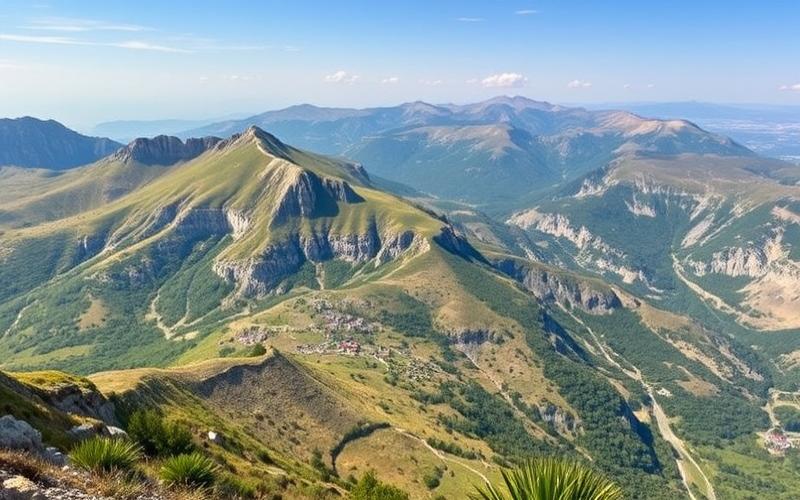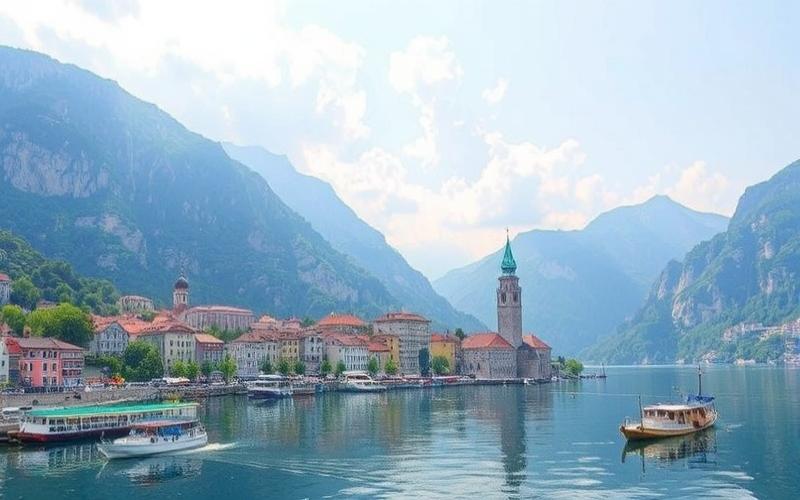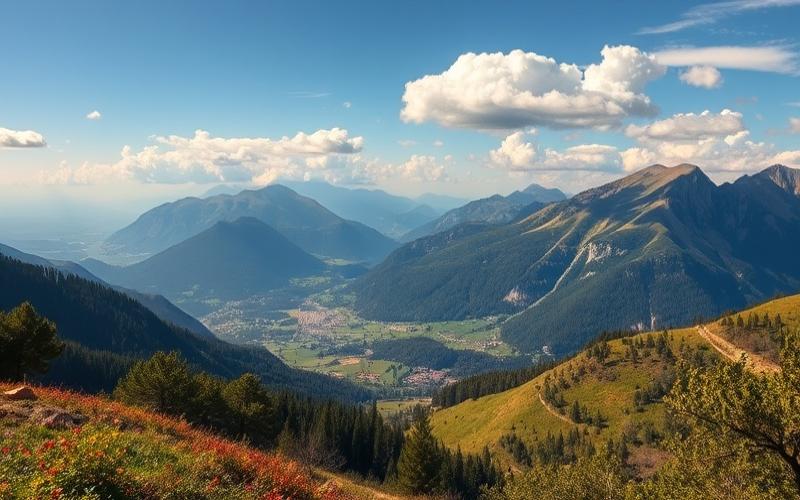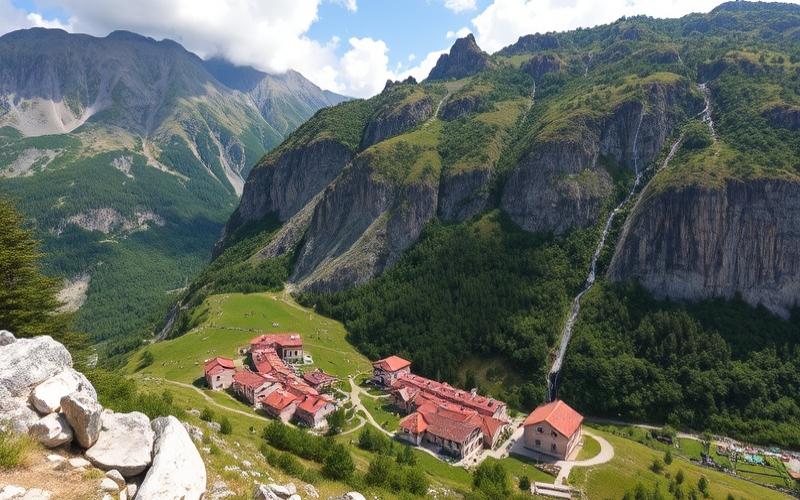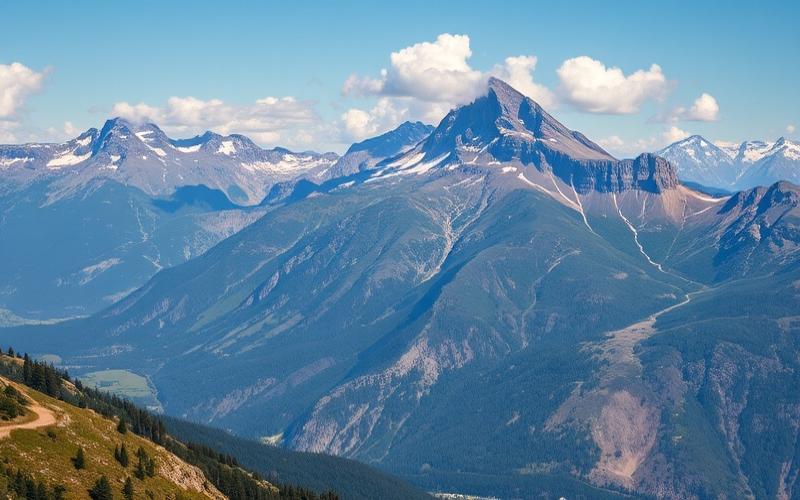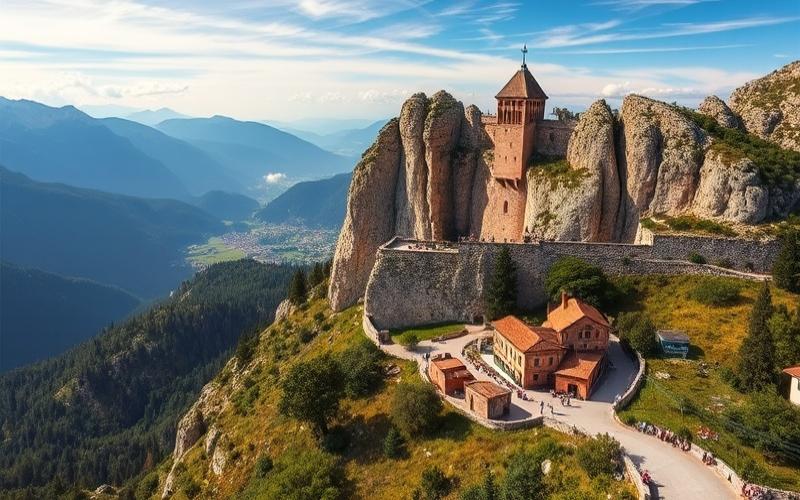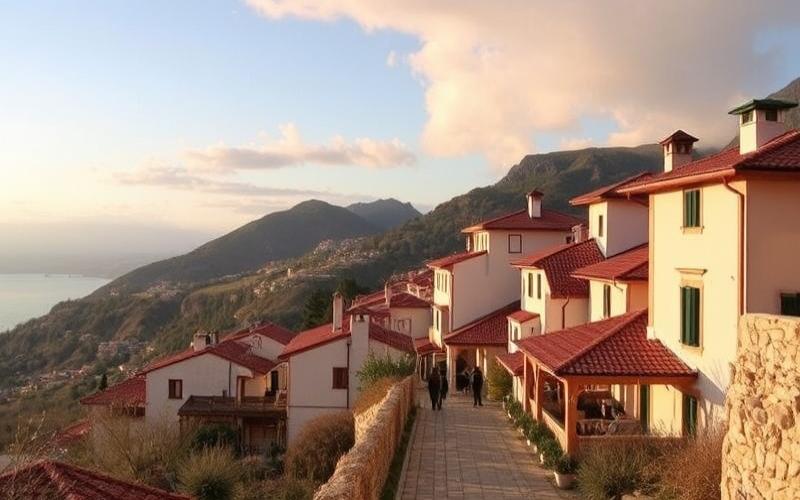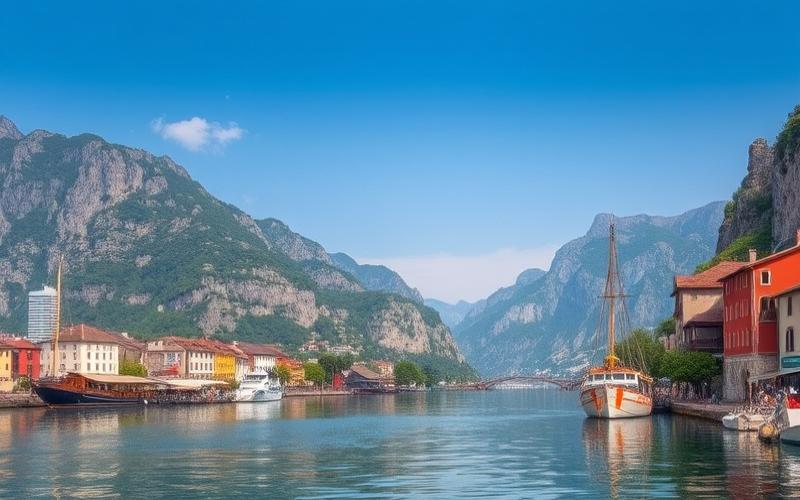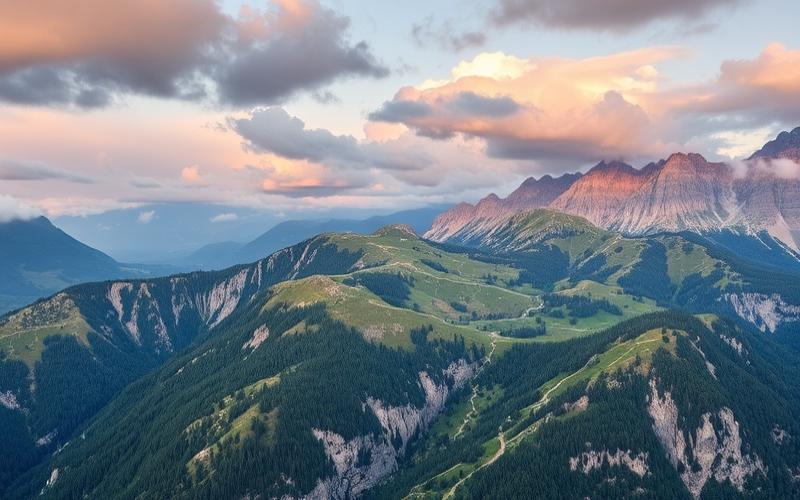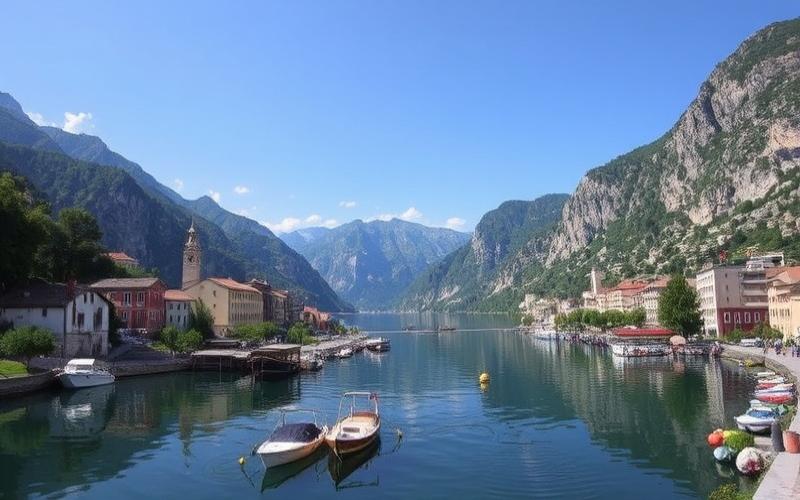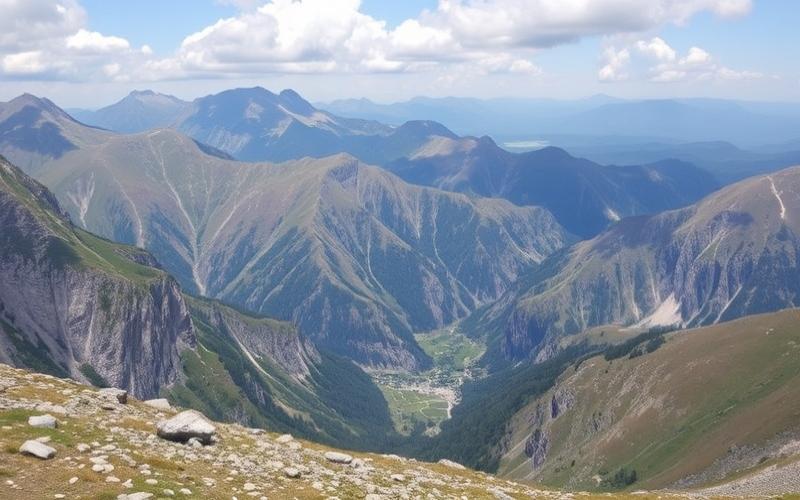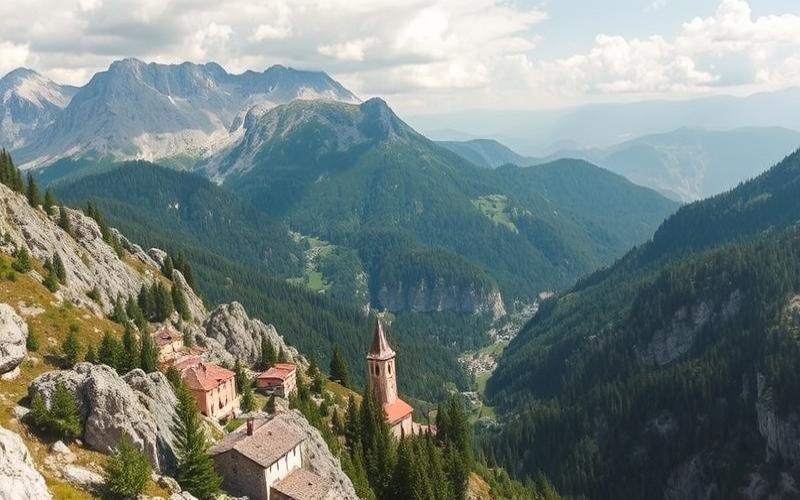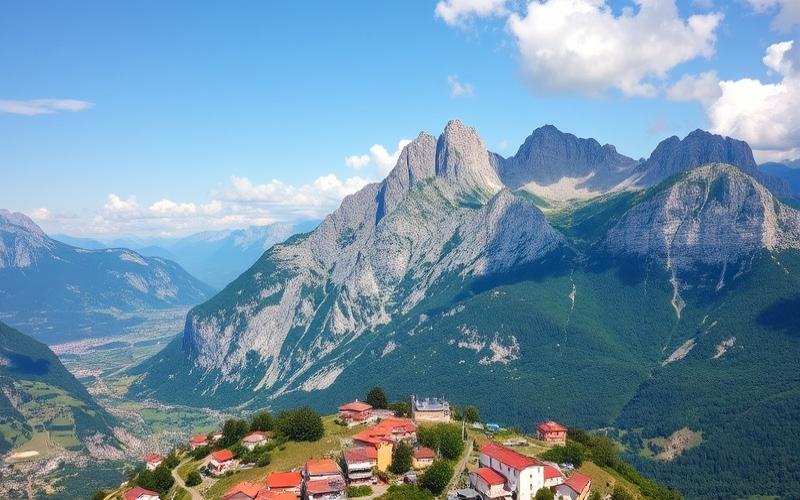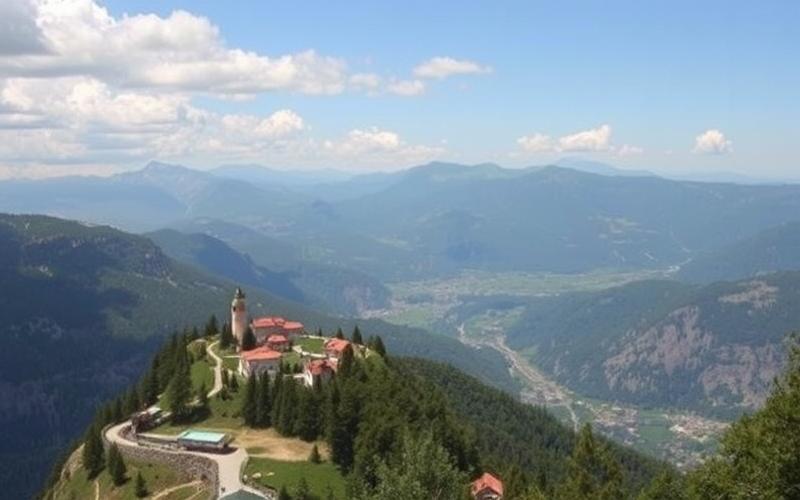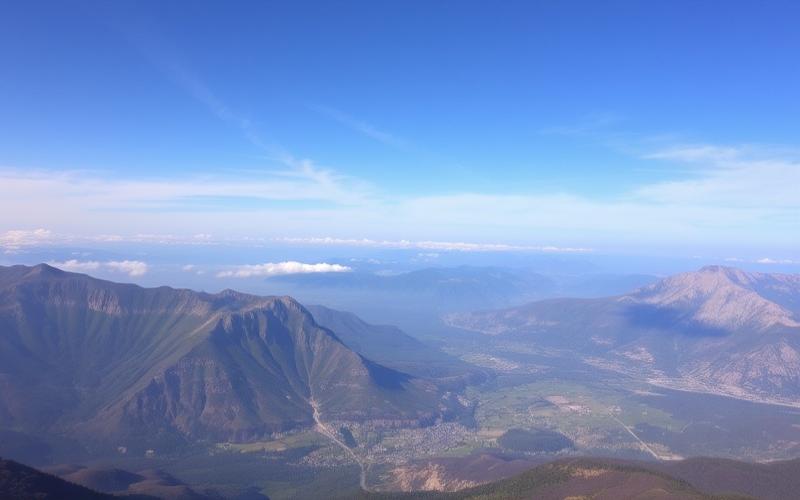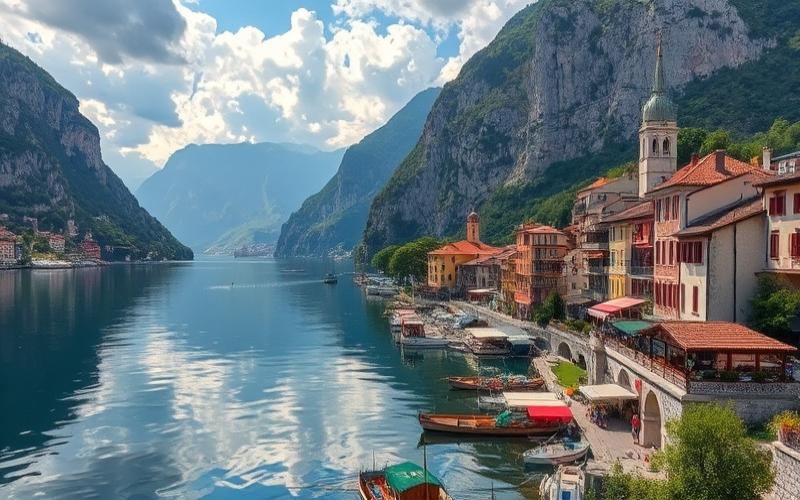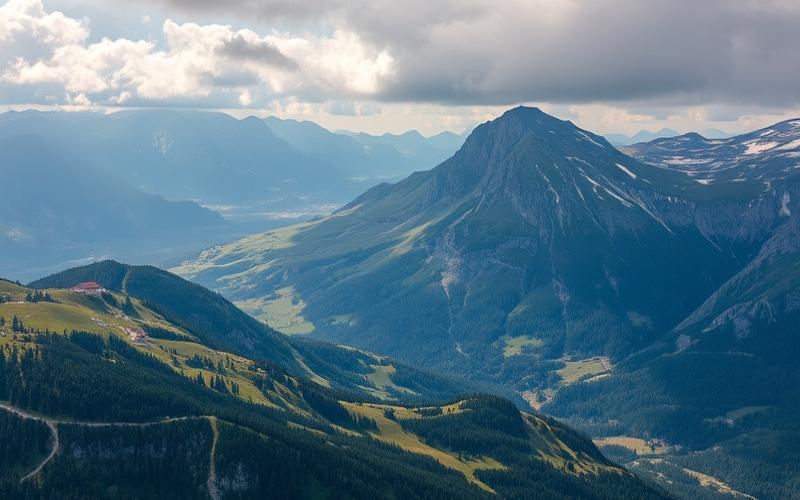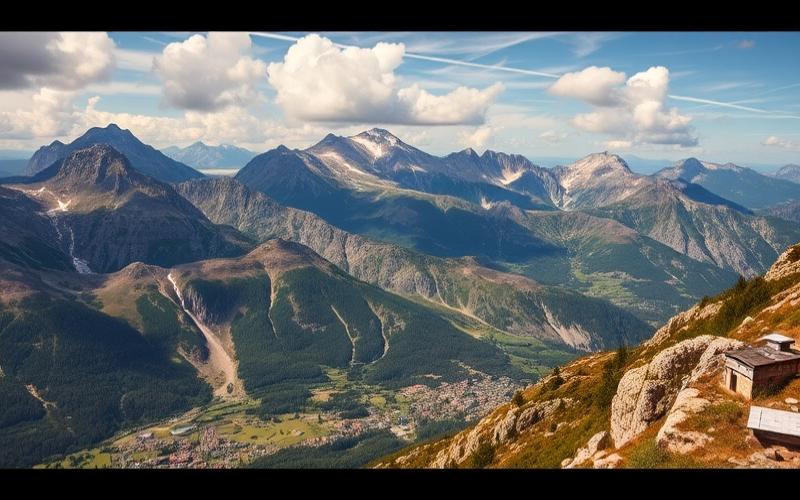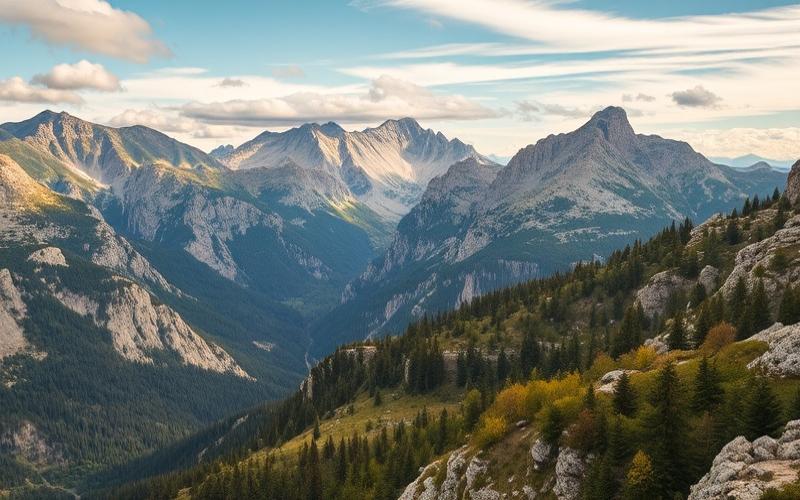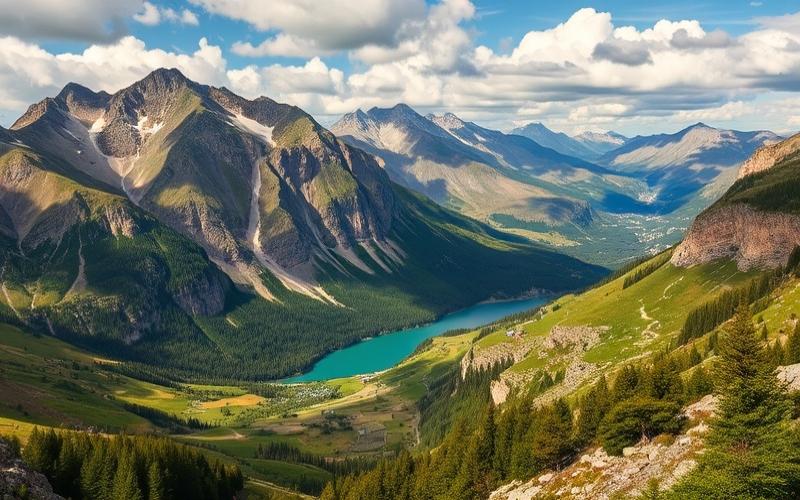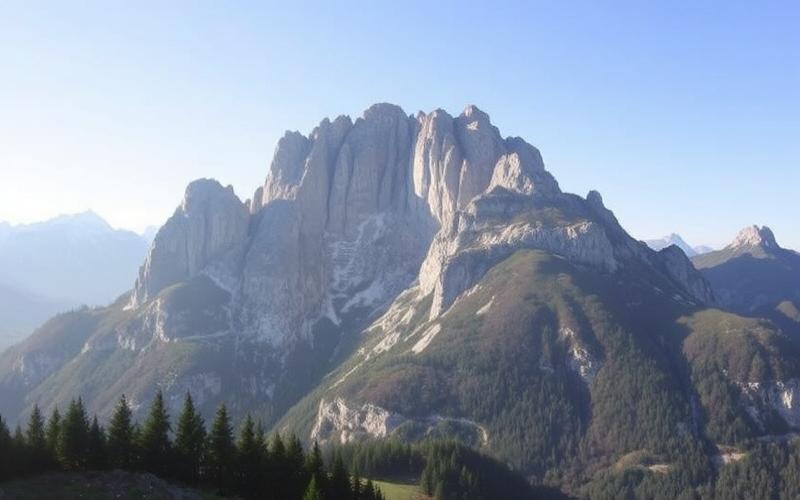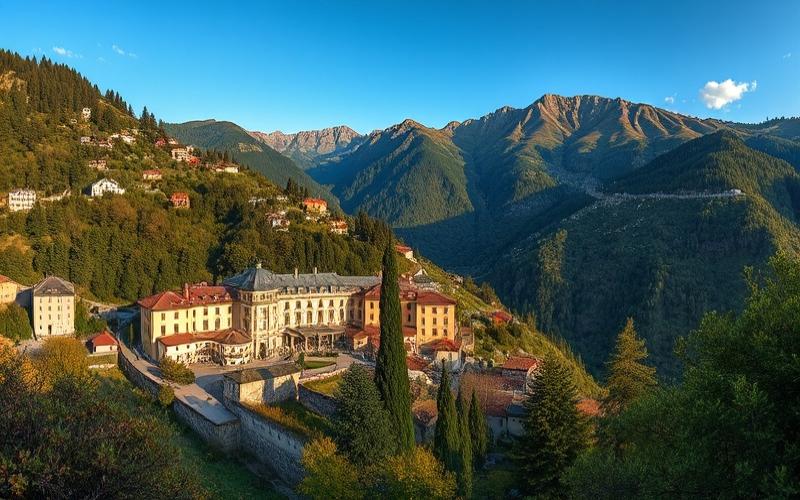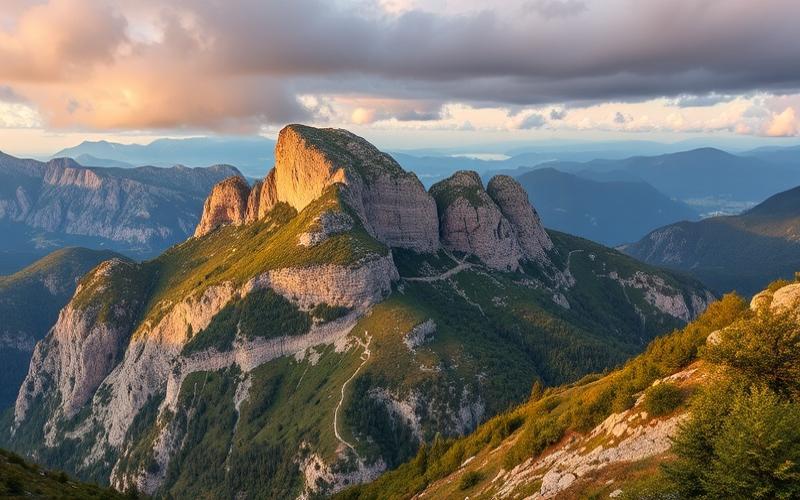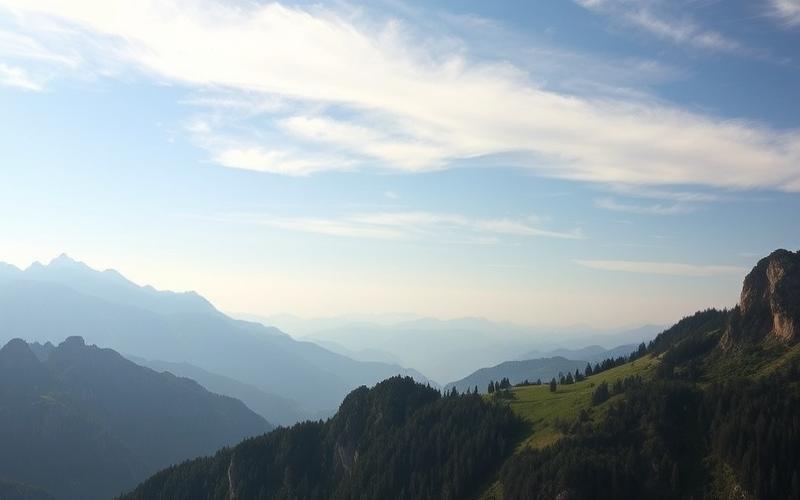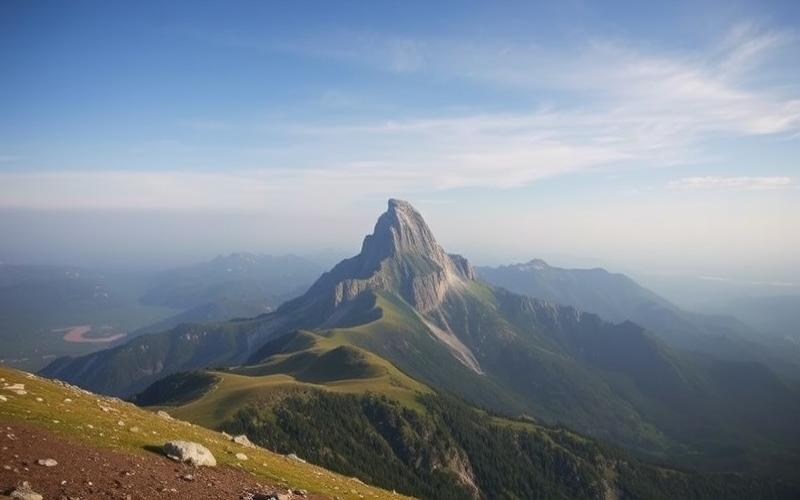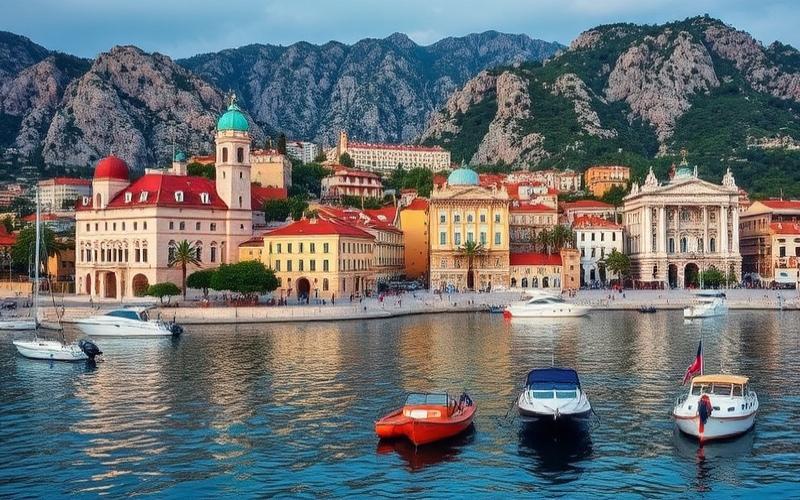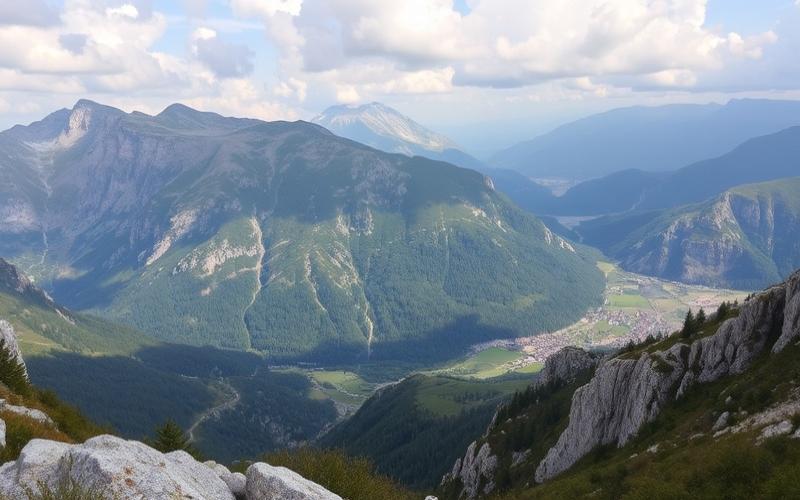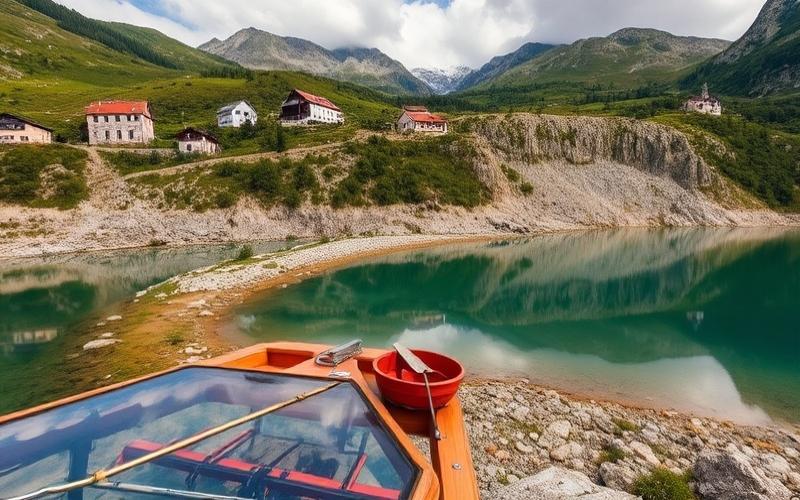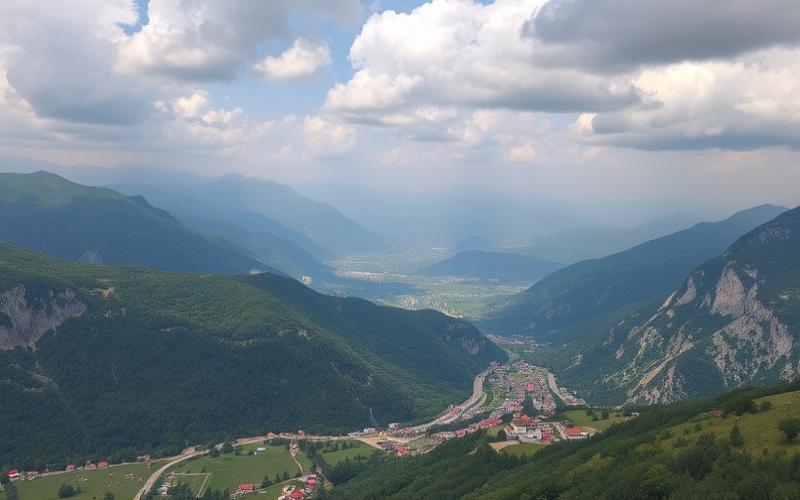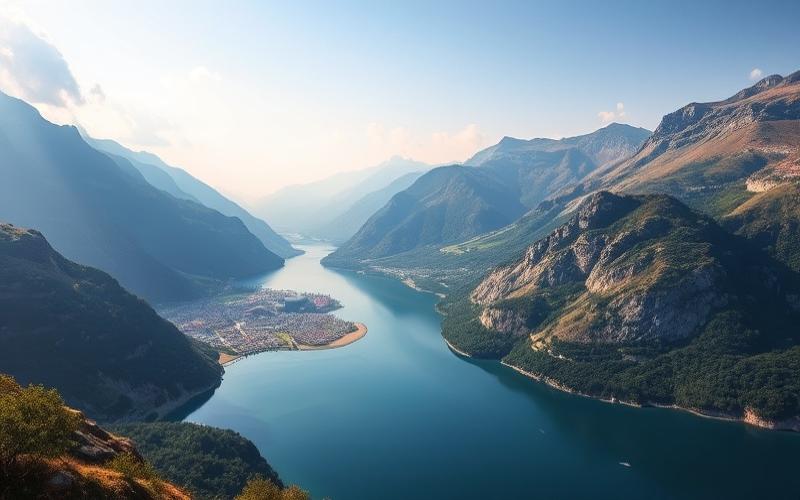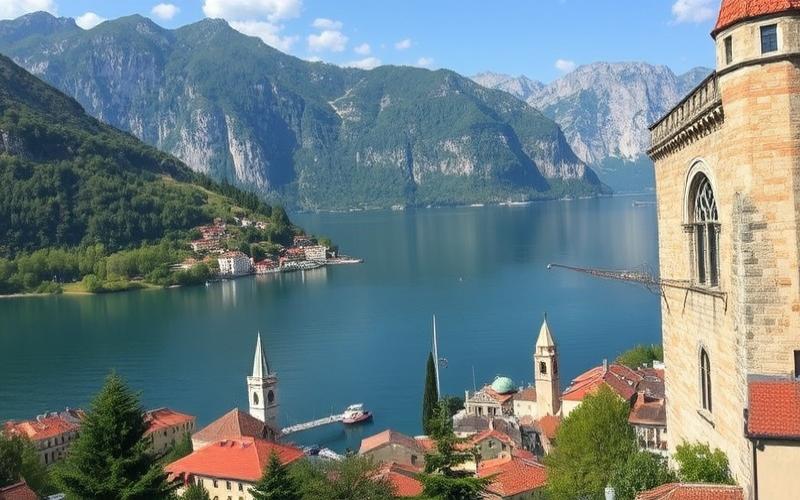
 Published on and written by Cyril Jarnias
Published on and written by Cyril Jarnias
Montenegro, with its picturesque landscapes and rich culture, is increasingly attracting bold investors seeking unique opportunities. In 2025, the focus is on investing in authentic villages, which offer not only rustic charm but also considerable growth potential.
These villages, often preserved from mass tourism, promise an intimate experience with nature and local culture, while being on the verge of significant economic expansion. As the country invests in improving its infrastructure and supports sustainable projects, Montenegrin villages are becoming a prime location for investors looking to combine business with cultural preservation.
Highlighting Montenegro’s Undiscovered Rural Regions
Many rural regions of Montenegro, still little known to the general public and international investors, offer remarkable potential for attractiveness due to the richness of their natural, historical, and cultural heritage. These authentic territories represent a unique opportunity for responsible and innovative investments.
Examples of Attractive Rural Regions
| Region/Village | Distinctive Characteristics |
|---|---|
| Plužine (Durmitor region) | Spectacular mountain landscapes, glacial lakes, traditional stone villages |
| Berane & Bjelasica | Dense forests, natural hot springs, medieval monasteries |
| Plav & Gusinje | Preserved alpine valleys, multi-ethnic culture (Slavic-Muslim), traditional textile crafts |
Cultural, Historical, and Natural Characteristics
- Typical Balkan rural architecture with dry stone construction.
- Ancient agricultural traditions: extensive livestock farming (sheep), artisanal cheese production.
- Local festivals centered around transhumance or harvest.
- Natural parks (Durmitor UNESCO World Heritage), deep gorges (Tara).
- Linguistic richness and harmonious coexistence between Orthodox and Muslim communities.
Investment Opportunities in Key Sectors
Agritourism
- Creating or renovating farm-stays offering authentic accommodation and immersive experiences.
- Developing activities around local gastronomy: “farm-to-table” tours, traditional cooking workshops.
Local Heritage
- Promoting artisanal crafts: handwoven textiles in Plav-Gusinje or decorative ceramics in Berane.
- Restoring old buildings for rural museums or event venues.
Sustainable Development
- Pilot ecotourism projects with eco-friendly accommodations integrated into the natural landscape.
- Agro-ecological initiatives focused on short food supply chains or certified organic farming.
Recent Illustrative Examples
The mountainous region around Durmitor National Park has seen the emergence of several sustainably certified ecolodges and the development of cycling routes that now generate stable tourist flow outside the traditional summer season.
Projects supported by IFAD in isolated areas have proven that introducing circular food systems significantly improves local incomes while enhancing ecological resilience. For example: collective facilities for solar drying of locally harvested berries, then marketed under a Montenegrin quality label.
Challenges Faced by Investors
- Sometimes insufficient infrastructure: degraded secondary roads; limited access to high-speed internet despite a national plan aiming for universal coverage by 2026
- Logistical isolation that can slow down some export-oriented projects
- Difficulty in recruiting skilled local workforce
Concrete Steps to Maximize Return on Investment
- Close collaboration with local authorities to obtain tax or logistical incentives dedicated to disadvantaged areas
- Partnerships with NGOs/international organizations active in rural development to access co-financing
- Systematic integration of digital tools: centralized online booking; promotion via international platforms specialized in agritourism/ecotourism
- Continuous professional training offered to local populations to ensure sustainable skill development
Good to Know:
Montenegro’s rural regions, such as the Tara Valley or the village of Njeguši, offer significant attractiveness potential for investors due to their stunning landscapes and rich cultural heritage. These still-undiscovered areas, charming with their centuries-old traditions and authentic architecture, are ideally suited for agritourism and sustainable project development. For example, the village of Virpazar, on the shores of Lake Skadar, has recently attracted investments for wine tourism experiences that have revitalized the local economy. However, challenges include often limited infrastructure and complex bureaucracy; it is crucial for investors to collaborate with local stakeholders and develop integrated plans to mitigate these obstacles, thereby maximizing returns while respecting the environment.
Analyzing the Profitability of Montenegrin Rural Real Estate
The rural real estate market in Montenegro is undergoing significant transformation in 2025, marked by growing interest from international investors. Montenegrin real estate as a whole shows remarkable health, with a 21% increase in foreign direct investment in the sector in the first quarter of 2025, reaching €114 million.
Diversification of International Investors
The profile of investors has significantly diversified, with the top five including:
- Serbia (€19M)
- Turkey (€16M)
- United States (€14M)
- Germany (€12M)
- Cyprus (€5M)
This diversification reflects growing international recognition of Montenegro as a stable and promising investment destination.
Prices and Investment Profitability
| Property Type | Average Price | Potential Profitability |
| Urban Apartment | €2,420.91/m² | 4% (long-term rental) |
| Agricultural Land | Varies by region | To be determined per project |
| Property in Artist Villages | Increasing | Cultural and tourism potential |
The average price per square meter in urban areas (€2,420.91) remains 59% lower than prices in France, with variations ranging from €1,799.94 to €3,200 depending on the locality.
Concrete Case Studies
- Old Town of Kotor: A 51m² apartment purchased at approximately €3,000/m² (€170,000 total with renovation and fees) generates a net rental yield exceeding 4% in long-term rental, with an 85% occupancy rate and a monthly rent of about €800.
- Tivat: Investments in this region offer opportunities in both long-term rental and seasonal rentals like Airbnb.
Emerging Trends in Rural Real Estate
Montenegro’s rich but sometimes underutilized rural heritage is the subject of several renovation and development projects. Artist villages represent a new investment niche combining cultural dimension and profitability potential.
The agricultural sector is also attracting investor attention, with opportunities for acquiring farmland governed by a specific legal framework that requires careful consideration to secure investments.
Luxury Developments and Infrastructure
Large-scale projects are underway, including the construction of:
- 500 villas
- 1000 apartments
- 7 hotels
- An 18-hole Gary Player golf course (already inaugurated)
- Two marinas
These developments demonstrate an upscaling of Montenegro’s real estate offerings and positioning in the luxury and high-end tourism segment.
Montenegro is no longer just a niche market but is becoming an increasingly recognized and respected player on the international real estate scene.
For French-speaking investors, specialized agents like Niko can facilitate acquisition procedures and obtaining residency or stay permits, a significant advantage for investors wishing to combine real estate investment with life projects.
Good to Know:
Investing in Montenegrin rural real estate can offer attractive profitability, particularly in authentic villages where purchase prices remain relatively low compared to other regions of the country or neighboring countries like Croatia. The market has benefited from renewed interest thanks to government subsidies and tax incentives aimed at revitalizing these areas, which can reduce operating costs for investors. Growing demand linked to tourism, especially for authentic accommodations, increases the appeal of real estate in these areas. Examples of successful investments include renovating traditional houses into tourist accommodations, as highlighted by a local expert citing net profit margins of 8 to 10%. These factors, combined with increased political stability and national efforts to improve rural infrastructure, are expected to strengthen the profitability of the rural real estate market in Montenegro by 2025.
Investing in Montenegrin Authenticity and Cultural Heritage
Preserving the authenticity and cultural heritage of Montenegro when investing in its authentic villages is essential to guarantee the sustainability of their unique appeal. This approach not only protects traditional ways of life but also enriches the tourist experience while generating positive impacts for local communities.
Cultural and Historical Aspects That Make These Villages Unique:
- Local Architecture: Montenegrin villages feature typical architecture made of stone, red tile roofs, and medieval churches perfectly integrated into their natural environment (example: Perast or monasteries such as Djurdjevi stupovi).
- Living Traditions: Montenegro has 19 elements of intangible cultural heritage recognized by law, including folk tales, local festivals, and ancient crafts like traditional “cilim” carpet weaving in Bihor.
- Traditional Lifestyles: Many villages still perpetuate family farming, transhumance, or artisanal production of local products (cheeses, honeys), offering visitors a rare glimpse into a preserved way of life.
- Regional Gastronomy: Culinary specialties from peasant traditions – bread baked in wood-fired ovens, smoked cheeses, or lamb-based dishes – also contribute to this authenticity.
| Heritage Elements | Specific Examples | Investment Interest |
|---|---|---|
| Traditional Architecture | Perast (coast), Savina | Tourism valorization |
| Crafts & Know-How | “Cilim” carpets (Bihor) | Interactive workshops |
| Religious/Historical Sites | Djurdjevi stupovi Monastery; UNESCO-listed Old Town of Kotor | Cultural circuits |
| Customs & Local Festivals | Folklore festivals | Immersive experience |
Respectful Integration in Tourism Projects:
- Restoring old buildings with local materials and traditional techniques
- Creating homestays or guesthouses highlighting authentic decor
- Organizing discovery workshops around artisanal weaving or traditional cooking classes
- Offering guided tours focused on oral heritage (local legends) and visits to workshops/artisans
These approaches enable:
- Offering visitors deep immersion in local culture
- Promoting sustainable tourism limiting its impact on the social and natural environment
- Financially supporting local artisans and producers through fair compensation
Government Initiatives & Incentives:
Montenegro officially recognizes many heritage elements; therefore, there is a legal framework for their protection. Some measures include:
- Grants for restorations conforming to protected heritage
- Tax relief for investments promoting cultural preservation
- National programs dedicated to sustainable rural development integrating cultural valorization
Preserving this precious heritage is not just an aesthetic matter: it ensures that each investor project actively contributes to maintaining the local social fabric while offering travelers an enriching and unforgettable experience.
Good to Know:
Investing in Montenegrin authenticity and cultural heritage involves preserving unique traditions such as artisanal cheese making, traditional folk dancing, and local crafts, which are intrinsic to the identity of Montenegrin villages. The local architecture, characterized by stone houses with red tile roofs, offers a particular charm that can be highlighted in sustainable tourism projects. By integrating these cultural elements into respectful hotels or tourist activities, investors can create immersive experiences for visitors while supporting the local economy. Government initiatives, such as grants for renovating historical buildings and tax incentives for environmentally friendly projects, encourage these investments. The sustainable approach ensures that the charm and integrity of Montenegrin traditions are jointly preserved, bringing lasting benefits to both local communities and international visitors.
Disclaimer: The information provided on this website is for informational purposes only and does not constitute financial, legal, or professional advice. We encourage you to consult qualified experts before making any investment, real estate, or expatriation decisions. Although we strive to maintain up-to-date and accurate information, we do not guarantee the completeness, accuracy, or timeliness of the proposed content. As investment and expatriation involve risks, we disclaim any liability for potential losses or damages arising from the use of this site. Your use of this site confirms your acceptance of these terms and your understanding of the associated risks.

